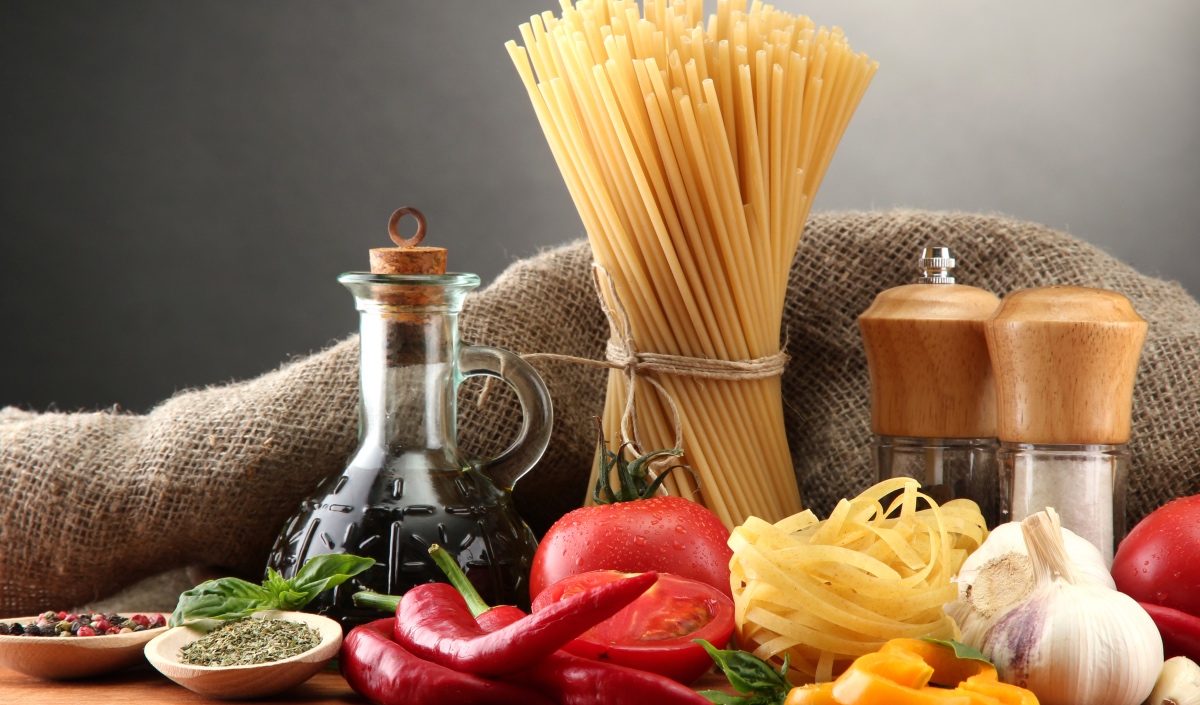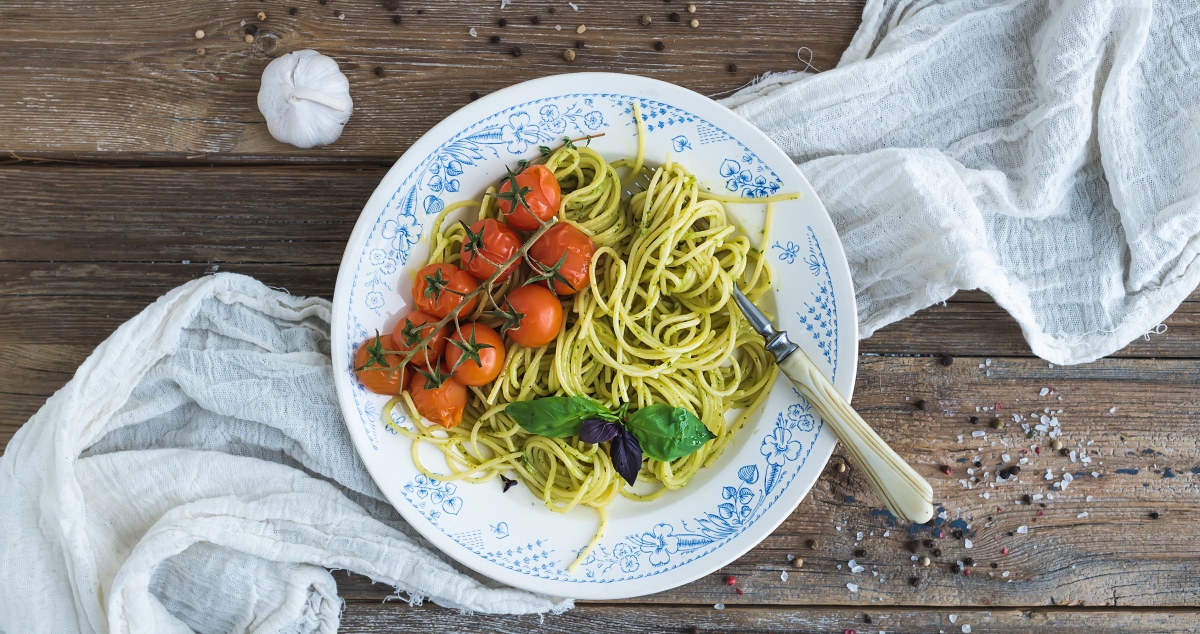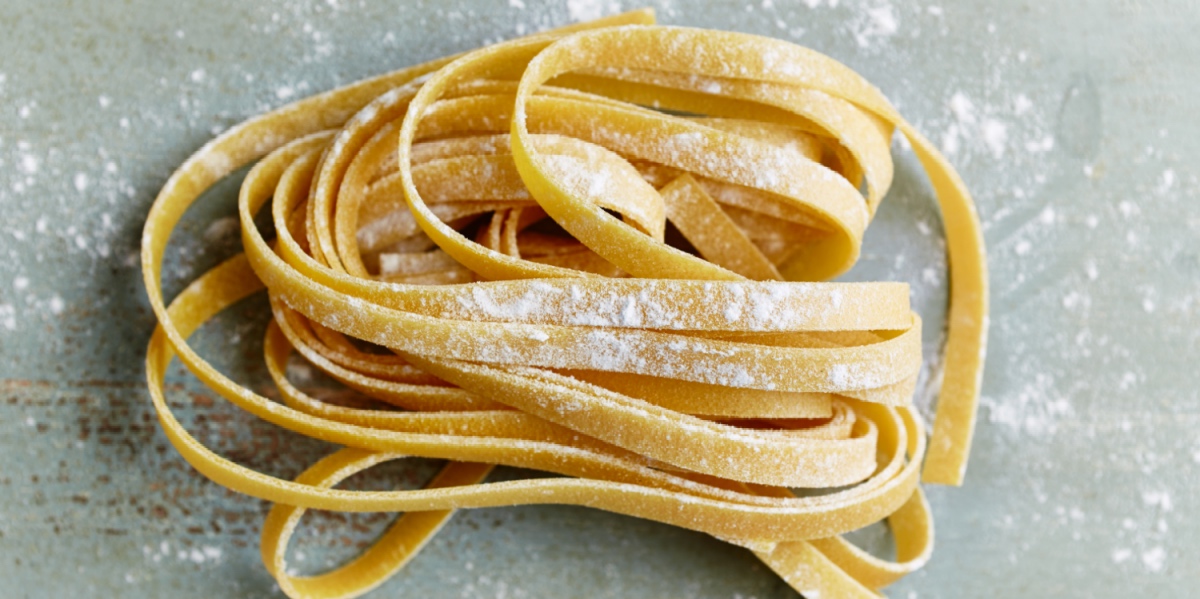
There is no more quintessential part of Italian food culture than pasta. Pasta can be at once extremely familiar and very foreign. You may have grown up eating lasagna and macaroni & cheese, but there’s a cornucopia of different types of pasta.
Traditional Italian food has so many pasta names it might be hard to know where to start. Instead of providing you with a lengthy list, we’ll break pasta into a few different categories to help you get a better grasp on this cornerstone of Italian cuisine.
Shape

Types of pasta are named by their shape. There are around 350 different pasta shapes and even more different names for all of them. But why are there so many pasta shapes and why is shape so important? In the case of pasta - form makes function. Smaller pastas like an orzo hold up better in soups whereas the curved spirals of fusilli will tend to hold something like a light seafood cream sauce better than macaroni. A meat sauce like a ragu will often be served with a stouter tubular pasta that won’t fall apart under a heavier sauce like a rigatoni. Different types of stuffed pasta are more suitable for different types of filling — what works in a tortellini might not be appropriate for cannelloni.
Ingredients
Italian pasta ingredients are far from generic; different pasta types are made from a wide variety of different ingredients. A few different basic pasta types include semolina pasta, egg pasta, enriched egg pasta and even pure yolk pasta. The popularity of different pasta ingredients evolved depending on what was available in the region. Different regions produced different pasta depending not only on the available ingredients for making the noodles themselves, but also what kind of sauce would accompany them. Italian culture prioritizes freshness - pasta dishes in the different regions evolved based on the local high quality and fresh ingredients available to make them.
Dry & Fresh

Fresh pasta is usually produced by hand on the same day it will be eaten. If you buy it from a store it may be freshly made by commercial machines. Fresh isn’t necessarily better than dry — both types of pasta serve different purposes. Fresh pasta is usually, but not always, made with eggs. This tends to make it more tender and have a shorter cooking time. For a light dish this might be desired, but it may not hold up as well in a soup or a heavier sauce. Dry pasta tends to hold up better to tougher treatment and of course lasts longer when preserved. Fresh pasta needs to be prepared and eaten relatively soon after it’s made.
Italy for foodies means knowing a little bit about pasta, how it functions and why it’s so important to Italian culture. Now you know more about the reasons behind why dishes have evolved in certain ways over the years. This will help you better delight in your plate. Enjoy!



